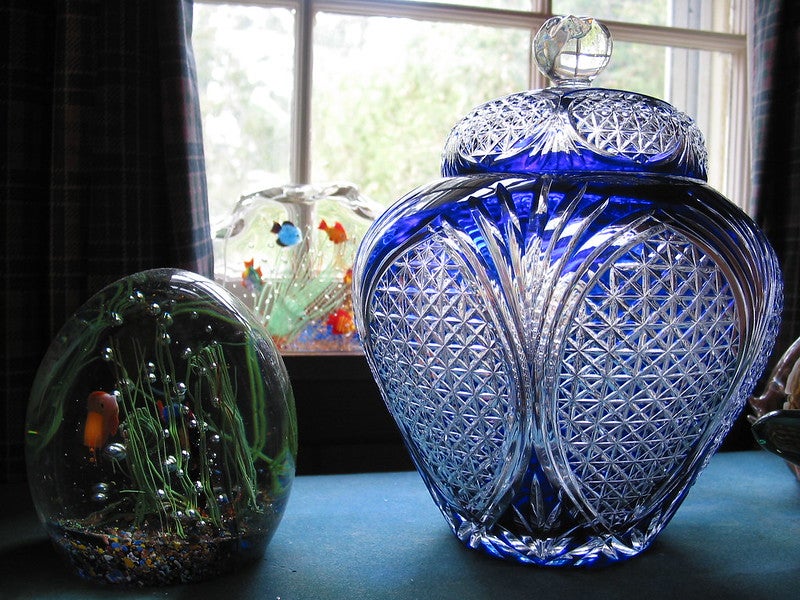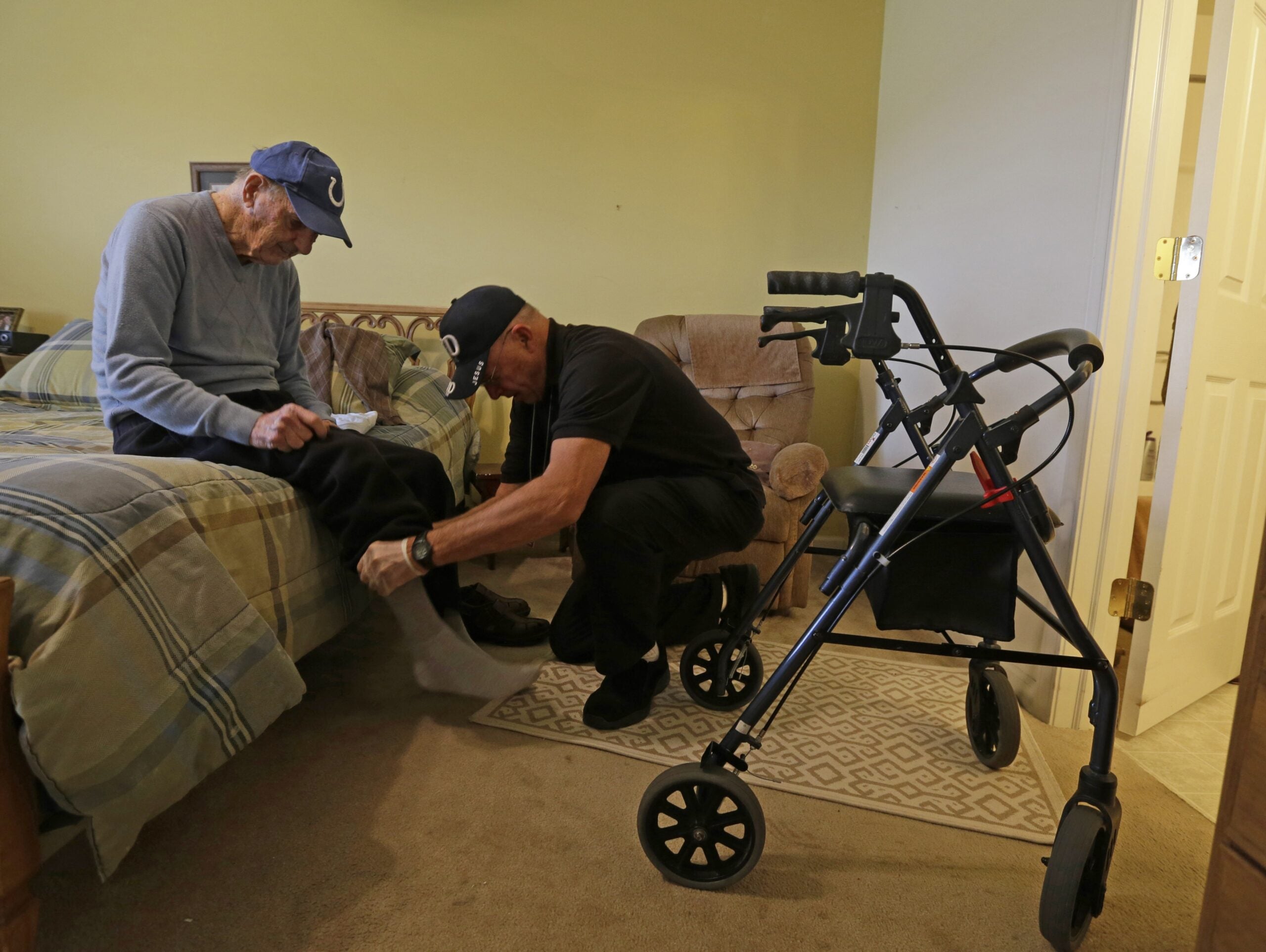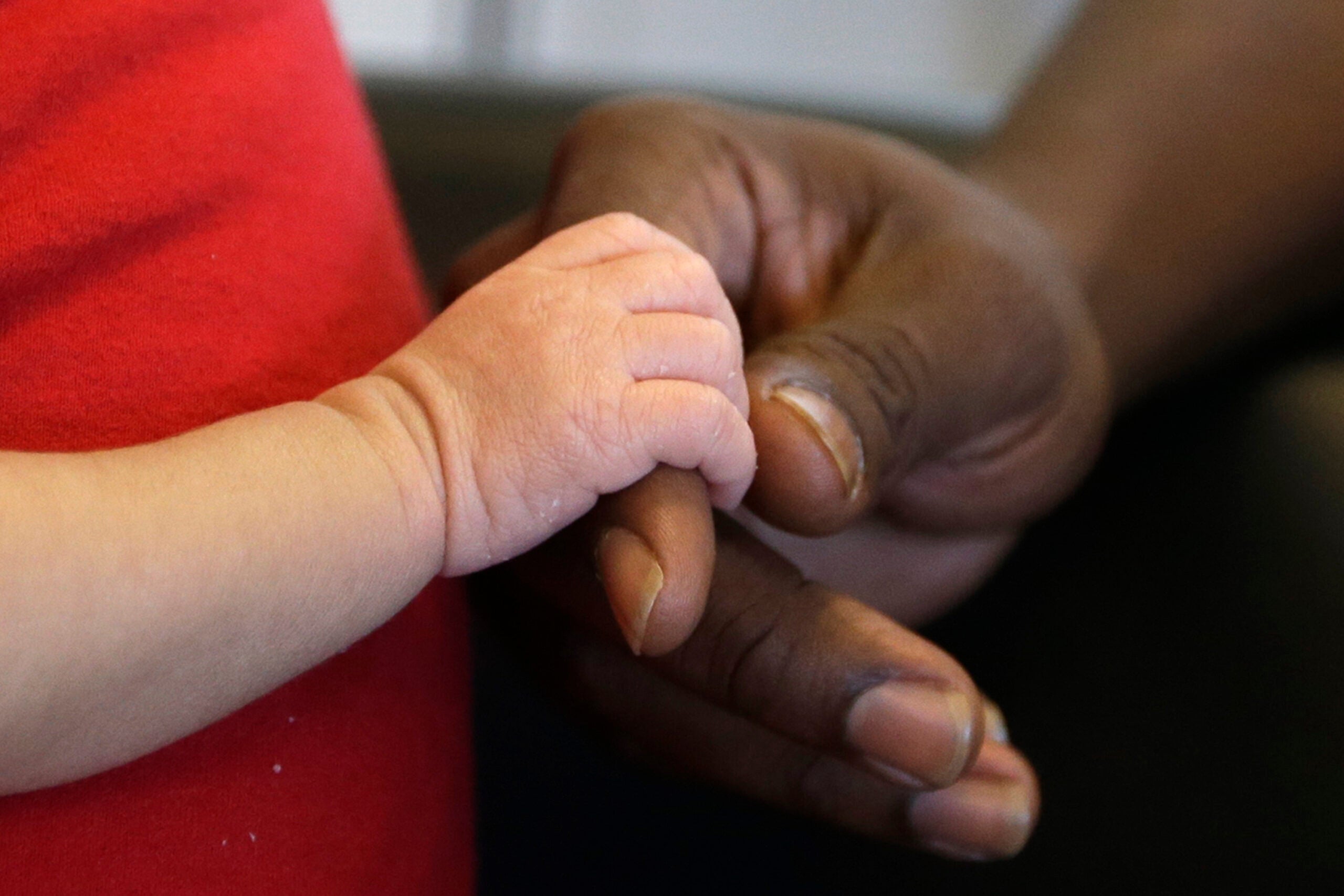Occasionally when Marianne Gariti meets clients looking to downsize, she’ll hear them say they want to hang on to their 10 extra winter coats, or their few extra coffee pots, just in case they need them later on.
But Gariti, president and owner of Moving Forward in Dane County, said she helps them let go of those items by reminding the clients that there are people who can use those items now.
Encouraging resale and donations is part of Gariti’s job, as she helps senior citizens downsize. Lots of Gariti’s client come to her in a panic because they have to clean out homes after a loved one had a fall or died. She advises people to start cleaning early.
Stay informed on the latest news
Sign up for WPR’s email newsletter.
Joe Fischman, owner of Empty the Nest, a company based in Golden Valley, Minnesota, said there always are going to be items that end up being thrown away, but lots of items can be resold or repurposed. Like Gariti, his company specializes in cleaning out homes of people who are transitioning to smaller living spaces. Empty the Nest also operates a vintage thrift store.
Fischman and Gariti offer advice based on common questions they get while helping older people transition to smaller living arrangements.
Where do I begin?
Gariti said when she meets clients for the first time, she often finds them overwhelmed and unsure of where to start. They’ll say they have so much to go through that it’ll take them six months to get everything cleaned out.
“Our goal is just to kind of break it apart and go room by room with them, kind of discuss what they really love the most and what will fit into their new space,” she said.
Gariti said her staff will ask clients to begin in rooms that have fewer emotional ties, such as storage rooms in the basement or extra bedrooms. She said once clients empty out one space, they find motivation to go through the rest of the house.
“People gravitate to starting with the kitchen or some area that they’re in all the time,” she said. “And we really just say it’s much easier if you start in an area where you’re not so emotionally tied to all the items.”
From there, Gariti and her staff learn from the clients which items mean the most, and then begin organizing items into piles: items to pack, share with family, sell, donate, recycle, throw away or shred. The staff takes note of how the pictures are hung and what furniture might have been used the most, Gariti said. Items that are identified as most special are built into the new home’s layout first.
“At the end of our move, (the staff members) actually try to have the apartment, the new space set up so (the clients) can live there comfortably at the end of their move day,” she said.
I really want my daughter to take the dining room set and the three sets of china….
Gariti said it’s natural to want to share items with loved ones, and you can feel free to ask any friends or family members if they’d like to take items.
However, “try not to feel bad if they say, ‘No, thank you,’” Gariti said. “It is important to remember that they often appreciate smaller tokens, such as a watch or handwritten recipe book.”
But if that dining room table or hutch is a challenge to part with, Gariti said take a picture of it, journal about it and then let it go.
“Even if it doesn’t go to a family member, it still would be going to somebody who can either buy it from them or still use it,” she said.
Fischman said some clients find it easier to let go knowing that those items will get a second life through his company’s thrift store.
“They know it’s not being tossed,” he said. “Oftentimes that emotional piece will lay to rest a lot of the burden that they have on getting rid of it,” he said.
He said Empty the Nest staff will attach these “origin stories” written by previous owners to items for sale in the thrift store. He said the new owner then gets to be part of that item’s journey.
Gariti said family members do tend to cherish video or audio recordings of their loved one.
My mother loved this vase. How can I let it go?
Gariti said oftentimes items do trigger memories, but just because your mother loved the item, that doesn’t mean you have to love it or keep it, too. She said it can help clients to take pictures of the items and journal about the memories they elicit.
“Most importantly, we encourage our clients not to feel guilty for not wanting to keep relatives’ prized possessions,” she said.
Sometimes all it takes is one more mindful reflection while holding an item, and that’s enough to let it go. Fischman said that was his experience with a client in her 80s, who was mindful about picking up some significant items and intentionally letting them go.
Wisconsin Public Radio, © Copyright 2024, Board of Regents of the University of Wisconsin System and Wisconsin Educational Communications Board.



